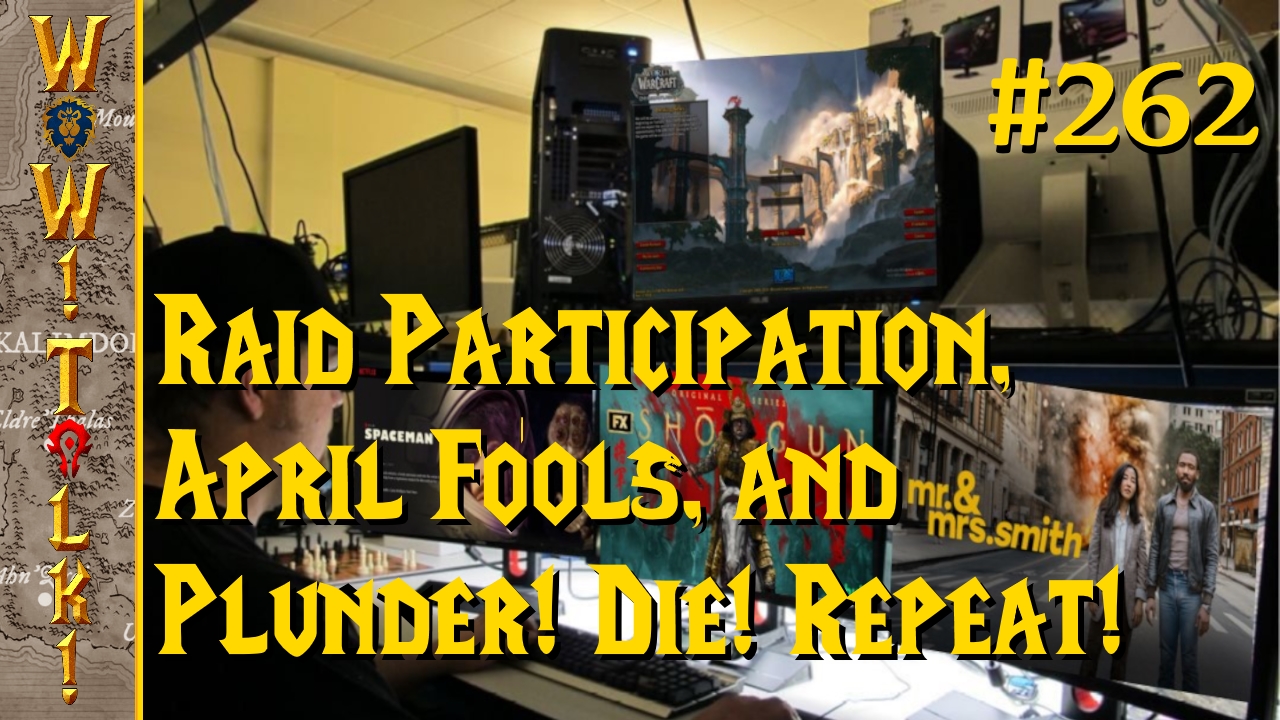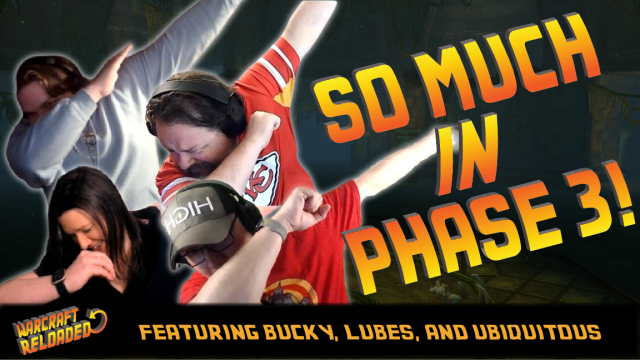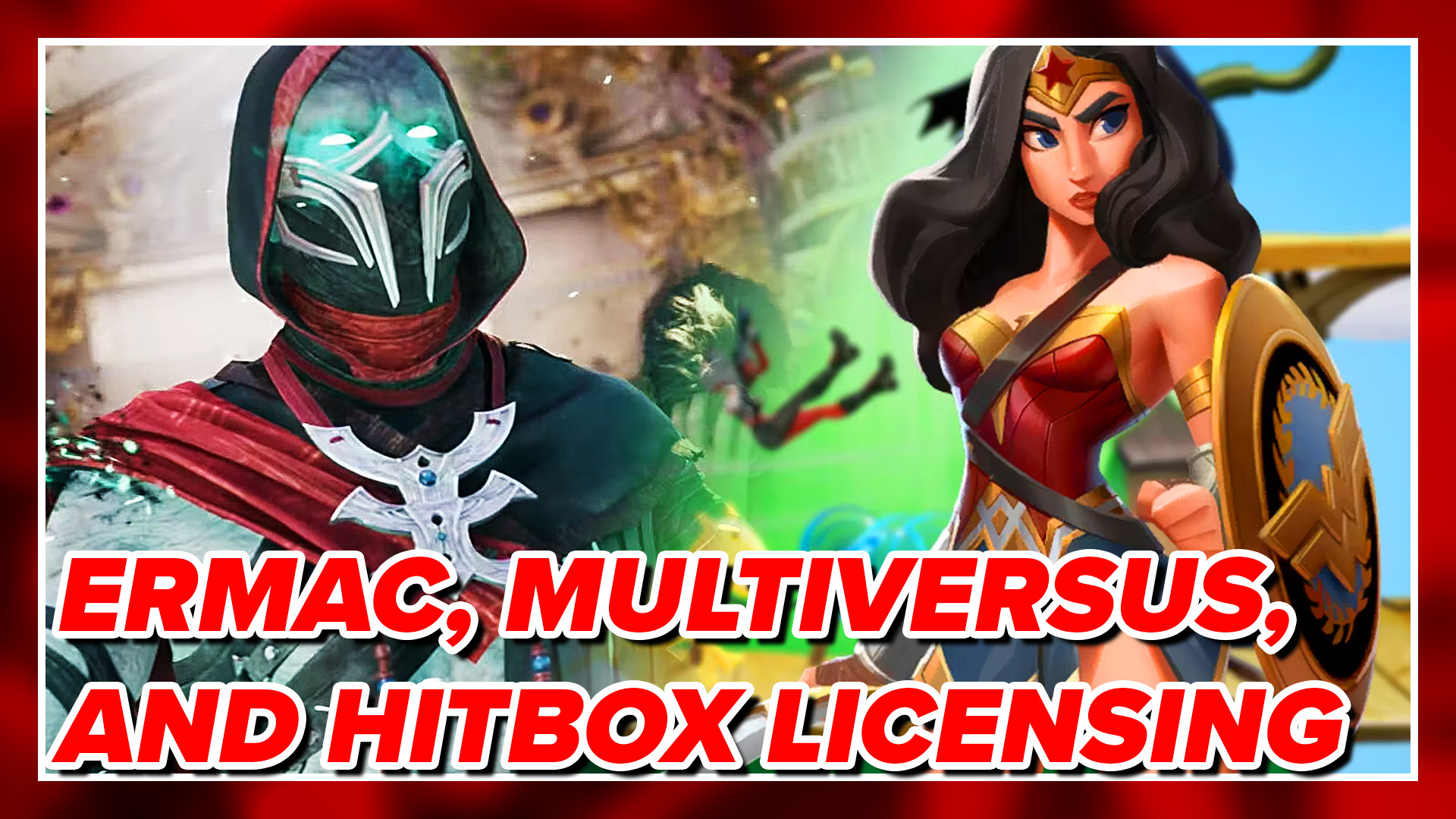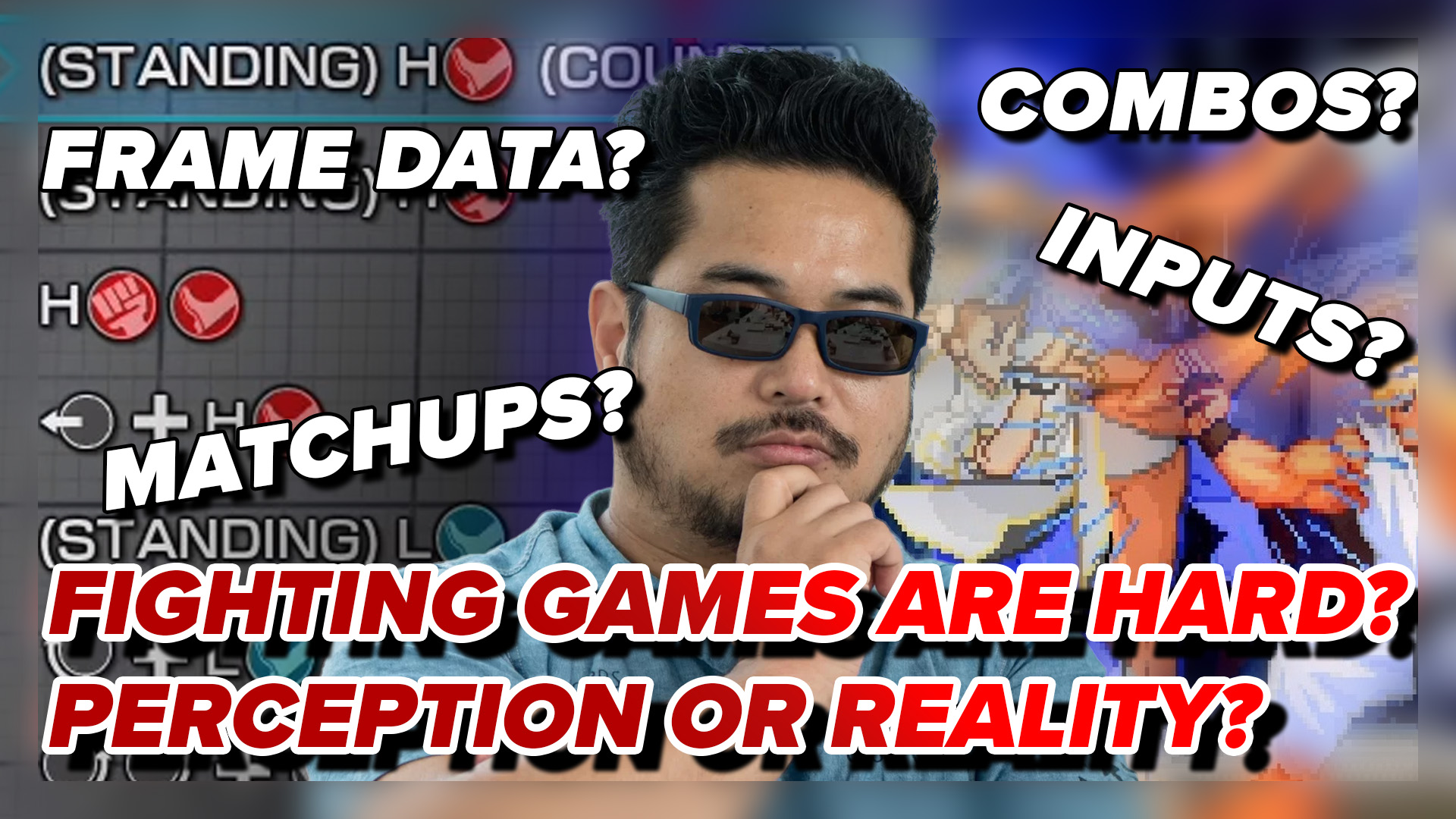The Pillars of Horror is a look at the games, past and present, that have shaped the genre, showcasing the various mistakes and triumphs that have come out over the years. They may not all be gems, but they’ve all contributed something to scaring the controllers out of people’s hands.
Decay is available through Xbox Live’s Marketplace and more information is available at the developer’s website.
How do you scare a player when they can’t die? With no combat and only a handful of ways to earn an inconvenient reload, the episodic Decay series does all of its work through atmosphere and subtle music. Sure, there are a few jump scares to make you drop your controller, but it’s the unbelievable tension of this game that makes it frightening. I only jumped at those scares because Decay had wound me so tight.
You can’t die, though, so why feel fear? Beyond a few spooky pictures, what can the game do to you? I struggled with this for a while, as I was nervous the entire time I played, but had a hard time pinpointing the reason. I knew for a fact that the game wasn’t going to kill me or have any combat. It was point-and-click, so what could I even fight? It’s not like I was frantically trying to type in a command while an enemy was breathing down my neck like in one of the King’s Quest games. I was in no danger at all in any conventional video game sense. Maybe a Game Over in some places, but not much else.
Really, how scary is a Game Over? My on-screen avatar dies. Big deal. The criteria for failing in a video game is that my character dies, but does taking that out really make a game any scarier? When I turn the power off, I’m still alive whether my character died or just got stuck on a puzzle. It’s not all that important for a game to have some way of killing you in order to scare you. As long as it’s able to make you feel uncomfortable with the environment you’re in, then the game can do its job just fine. Decay is more than capable of doing that, believe me.
You start off the first game pulling yourself down from the rope you just hung yourself with (and if that doesn’t pique your interest I don’t know what will), finding yourself very alone in an abandoned apartment building. Your character doesn’t remember much about how he got there, but that doesn’t matter. The building has boarded up doors, graffiti on the walls, and absolutely no one else around. No one you can see or find, at least. After stumbling around the place for a little bit you’ll find a note about a serial killer and some more newspaper clippings about a dead family. Your character won’t know much at this point, but the person holding the controller probably has more than a few ideas on what’s going on. They’re probably not all that comfortable with them, either.
You’ll push through several more locations as the game progresses, moving from your apartment to another office complex, then to an amalgam of strange rooms before finally shifting to a house in some strange, never-ending woods. Through all of it, you will be completely alone. More importantly, you will feel that loneliness. These places all bear a resemblance to places called Haikyo, or better known as modern ruins (Check out tokyotimes.org for an excellent source of eerie pictures). They’re places that people used to live in that have been abandoned, a lot of the times with all of their belongings left behind. It gives these places the sense that something terrible happened to the inhabitants, something that made them just vanish. You can see that life used to exist here, but that it’s long gone now.
I don’t know if Decay‘s developers were consciously trying to pull this off, but they managed to create places that just felt unsafe to be in. You could feel that there was something wrong in the air when you walked around. Seeing the couches and strewn belongings on the floor touched on something primal in me when I played, setting off a sense that the place was dangerous even if I couldn’t say why. Just seeing these signs of life left abandoned was enough to make the hairs stand up on the back of my neck.
The primitive graphics helped it a little bit here, too. The game looks like it was created during the dawn of the PS2 era, or was a throwback to the Full Motion Video craze that hit a few years before that. Everything has this grainy look to it that makes it feel unnatural. Character models and designs also have this plastic, lifeless look to them that just makes my stomach churn. It sounds like I’m voicing a complaint but I’m really not. If you play The Undead Syndrome and Decay back to back, you’ll see what I mean. The characters in the former look plastic in that they look like ridiculous toys, but Decay‘s characters just make you feel unsettled to look at them.
There’s one sequence at the end of the third episode when you see a close-up of one of the character’s eyes and a bit of the face, and it just gave me chills. Seeing that unblinking eye and bits of pockmarked skin around it just set off a a feeling of repulsion in me. I felt the same thing again when I found another character in a closet. He would just stand there and knock on the door, doing nothing else. There was no way to interact with him at all beyond watching him watching you, and it was just really eerie. There’s something about the unblinking stares on these faces that just triggered fear. These character models looked unnatural, and in a way that made me feel afraid instead of making me want to laugh at bad graphics. I don’t know if it was on purpose or not, be the effect stayed with me, just like it did the first time I saw Count Orlok’s blank, staring eyes in Nosferatu.
There are a few more events that set off the same reaction, including a spot where I could see someone crying behind a curtain in the tub. The graphics could portray a human shape moving around behind the curtain, but once again it was vague and indistinct. It appeared to have a humanoid shape, but that’s all I could guess about it. I watched it move around behind the curtain for a few minutes, seeing that I could interact with it without really wanting to. The sound of the crying combined with the graphics just filled me with a desire to shut the game off and do anything else.
They worked pretty hard on sound design, too. That crying was very simple, but coming ino a room with almost no other sounds made it feel like it was all around me. There was nothing else to focus on beyond the crying woman, and the meaning behind that crying ballooned in my consciousness. The subtle choice to have it play with no background music made it seem so important that my mind raced with what it could mean.
The game’s melancholy and quiet soundtrack had the same effect, making every minute spent in Decay‘s world feel like it was full of dreadful possibilities. Unlike the discordant music from Silent Hill, a lot of these tracks were beautiful in their own way. They were sad and slow, and something that you could definitely listen to outside of the game. It’s all very depressing and creepy stuff, somehow fitting in with the environment while still being a little too perfect for it. Why is there this beautiful soundtrack in a world that seems consumed by ruin?
The music is the player’s presence, though, that sign of hope even in the darkest places. No matter how scared you might be when playing a horror game, you know your one job is to alleviate the evil in that game world. You only exist to bring hope to the most vile corners of imagined reality, and the music is a way of representing that. It may seem to be oddly harmonic in an environment that’s chaotic and broke, but it’s designed to reflect your presence in it. That sadness in the music is your reaction to it, and is built to influence your feelings there. While making you afraid, it’s also designed to help you feel what the character is feeling, helping you join with his thoughts and emotions on this journey.
Hardly rocket science when you think about it, but that’s something really important for a good horror game, especially when you can’t die. To really get a good sense of fear from a digital medium, you need to feel like you’re in the character’s place. Anything and everything that works toward that goal will make the game that much better. They could have been satisfied with mediocre sound that communicated the game’s mood, but they managed to compose some tracks that really drag you into the character’s place. They make you feel what he is feeling, right up to his terror.
But again, why be scared if you can’t die? If I’m uncomfortable and feeling what the character’s feeling, it still won’t matter if I can’t die, right? Well, that seemed to be where the game scored its greatest triumph. Despite knowing that I couldn’t die, I never really felt completely confident in that assessment. Logically I knew I couldn’t die, but I just couldn’t convince my emotional side of the same fact. I still felt like there was some way of dying that I just hadn’t discovered yet.
That’s the beauty of Decay and its character immersion. Everything it does is built to affect the player on an emotional level, with its graphics and music fusing into an atmosphere that is ripe with possibilities for dragging the player in. It’s very hard not to step into the shoes of the main character, and that means there’s lots of opportunity to make you feel just as scared as he should be. You share in his uncertainty and his fear, something that should have been really hard to do. They made it look easy, though, creating an atmosphere that felt like it was crawling out of your television and into the real world.
Outside of Silent Hill, this game has one of the best atmospheres I’ve ever experienced in a horror game. It might not frighten you in a conventional sense, but it will help you feel the same dread as the main character does. Its immersion is absolutely top notch, so if you really want to get a feel for what something this terrible and sad would feel like, play it.
Just have something nice and light to play afterwards.
Images courtesy of crushfragdestroy.com, marketplace.xbox.com, gamefaqs.com, magazine.creativecow.net










